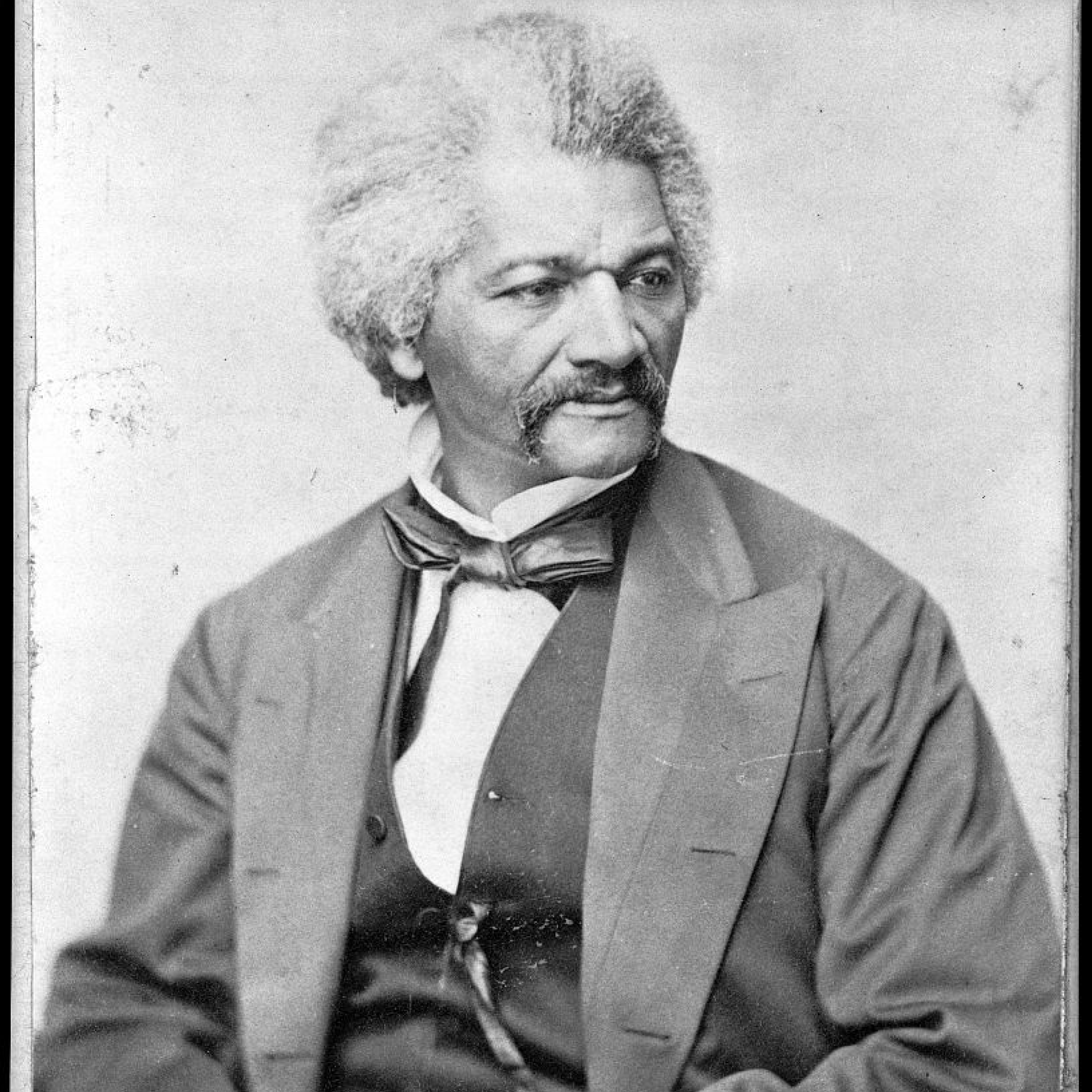The Narrative of the Life of Frederick Douglass
Frederick Douglass (1845)
The Narrative of the Life of Frederick Douglass is an autobiographical publication prepared by one of the most important American abolitionists of the nineteenth century.
As the Narrative explains, Douglass was born into slavery but escaped in 1838. He became a key figure in the abolitionist movement as an orator and newspaper publisher. He befriended many notable figures of the day: not only fellow abolitionists like William Lloyd Garrison and John Brown but also President Abraham Lincoln. Toward the end of his life, Douglass even served as an ambassador to Haiti.
We can identify at least two important purposes that Frederick Douglass had in writing his autobiography. As his friend William Lloyd Garrison explained in the preface to this work, “He who can peruse [this narrative] without a tearful eye, a heaving breast, an afflicted spirit, …without trembling for the fate of this country in the hands of a righteous God, who is ever on the side of the oppressed… [he] must have a flinty heart, and be qualified to act the part of a trafficker ‘in slaves and the souls of men.” In other words, Douglass wrote to show the wrong of slavery and advance the cause of abolition.
Interestingly, Douglass also had a more particular purpose. As Douglass began to work for the cause of abolition, some critics alleged that his personal history had been invented. They could not believe that he had once been a slave as he claimed to have been! Douglass, therefore, wrote this Narrative in part to prove them wrong.
Douglass’s Narrative was first published in 1845, about seven years after he had escaped from slavery. For reference, the Narrative was published about twenty-five years after the Missouri Compromise, five years before the Compromise of 1850, and about nine years before the Kansas-Nebraska Act. Our copy of the work is a first edition.
Quick Look
Who: Frederick Douglass
Why: To show the wrong of slavery and advance the cause of abolition; to disprove critics who alleged that his personal history had been invented.
When: 1845
Publishing information: Narrative of the Life of Frederick Douglass, an American Slave written by Himself. First Edition. Boston: Anti-Slavery Office, 1845.
Learning Activities
Over the course of his life, Frederick Douglass radically changed his view on the meaning of the Constitution vis-a-vis slavery. Douglass initially followed his friend William Lloyd Garrison in thinking that the Constitution was pro-slavery, but eventually he changed his mind and concluded that it was anti-slavery.
Take a look at the Constitution as it was in the 1840s and 1850s (before the passage of the Thirteenth, Fourteenth, and Fifteenth Amendments). Who do you think was ultimately right about its meaning vis-a-vis slavery, Garrison or Douglass? Why?
